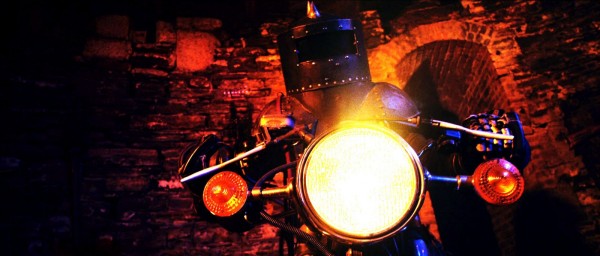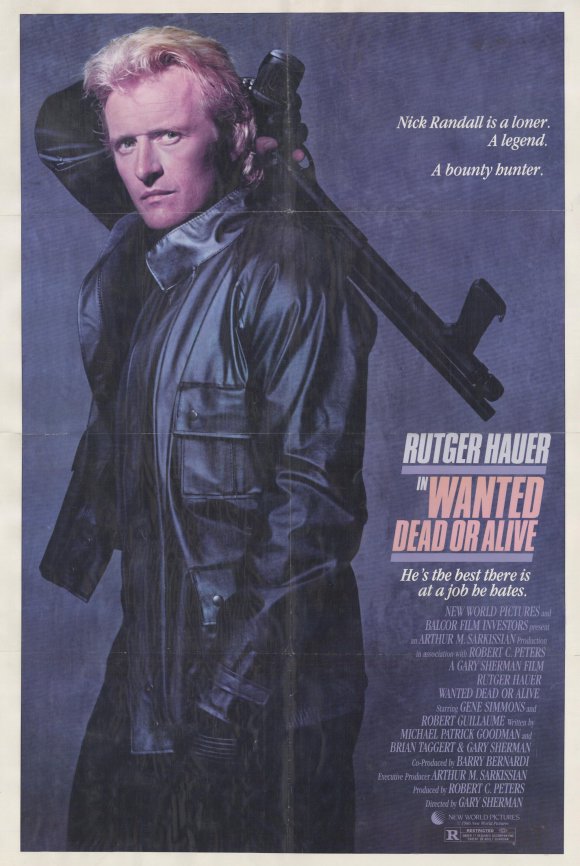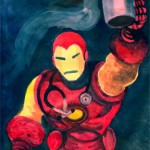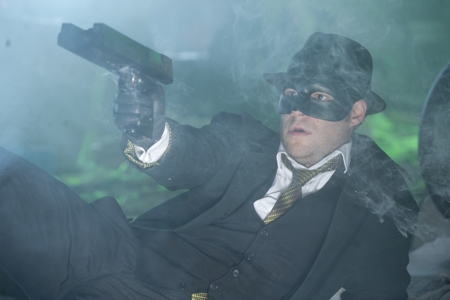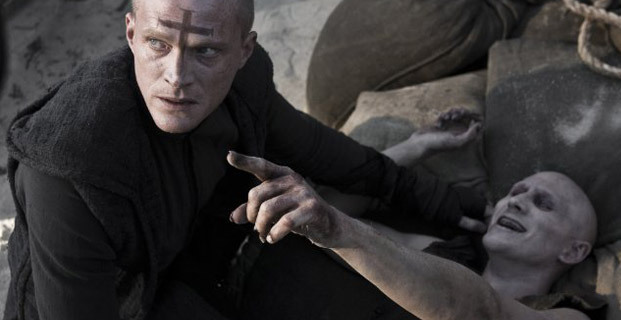Despite a lackluster 14M opening, the disappointing Christ-Fu film known as Priest had me thinking about the recent demise of Vampire genre. It’s in worse shape than the Knicks under Isiah Thomas. Completely unwatchable. Bad scripts from horrible literature seems to be the mainstay. Hence, I felt it was my duty to throw you some recent material that should get you back into why Vampires are cool:

Relying more on suggestion and not beating you over the head, Let the Right One In let the horror creep into your soul slowly yet surely.
The Kids are alright
Let the Right One In shatters two preconceived opinions about vampire films. One, vampire films with kids can’t be taken seriously. Two, vampire films without excessive neck biting can’t work. It was one of the rare cases where the film does the novel justice. See it. Read it. Love it.
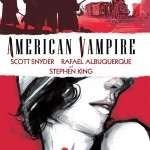
Through Pearl, we see the development of America through the eyes of the immortal undead and how it affects her marriage with a mortal and her hated archnemesis, Skinner
Unless you’ve been living on another planet, writer Scott Snyder has taken the comic book world by storm in
American Vampire. A tale of two different vampires who become undead at two very different times in the America. The reader gains a more intimate story about the changes these characters undergo not only within but also with the relationships they build. The sweeping changes as the characters around the vampires grow older has an interesting subtext. The story is not linear as we begin with the 1920s when Pearl is turned by her maker Skinner but then we see his story when the lawless old West was around. As we move forward in time to World War II, we also learn a little more about the past. Essentially, American Vampire is really about how they have played a significant hand at shaping America without anyone noticing but in a more intelligent, patient, thorough story-telling fashion that is mature and takes the subject matter seriously.
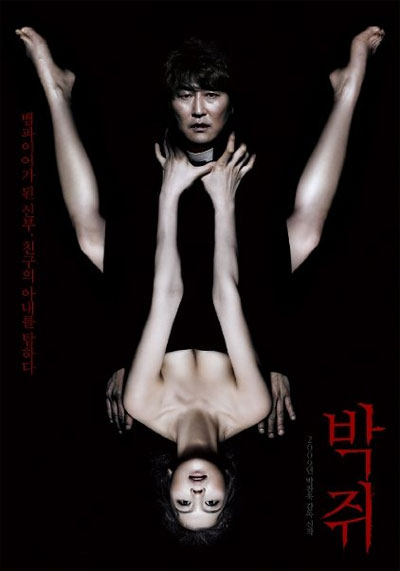
Thirst is a Korean vampire film that wrestles with losing your humanity.
If you saw Old Boy, chances are you familiar with Chan-wook Park’s strong work that challenges your sensibilities and constitution as human beings are pushed to disturbing brink of insanity. Thirst is a brilliant love story involving a priest who gives up his life to be a part of a study that could cure some strain of leprosy. He dies but is reborn with unique abilities not of ordinary human beings. Now, in a new life he’s challenged with trying to retain his humanity as his powers continually torture and tempt him to do things for his betterment.
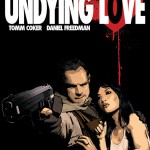
A desperate man searches to save the woman he loves in a world he doesn't understand
Written by Daredevil Noir’s Daniel Freedman,
Undying Love is the story about a soldier of fortune who falls in love with a woman who is a vampire but the twist is, this comic book is faithful to the Eastern interpretation of Vampires. They’re not really blood suckers but rather soul suckers. Refreshing to see that not all vampires are not combat machines or stronger than 10 men.
Artist/Filmmaker Tomm Coker is no stranger to vampires. His limited palette but strong graphic visuals also breathed life into DC Vertigo title, Blood & Water about a man dying of a terminal disease presented with a solution with a price.
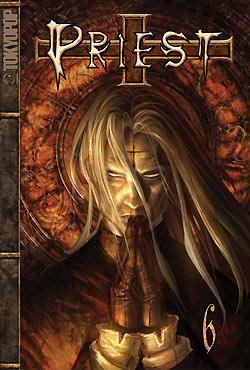
Unlike the film, there were no real protagonists in the Manga Priest. Just a cursed man on a suicide mission
The Confession
What made the manga Priest such a guilty pleasure to read was the Japanese take on Western culture. Hyung Min-Woo was obviously influenced by The Man with No Name, supernatural, exorcism, and science fiction as this tells the story of Ivan Isaacs who plots revenge for the slaughter of his family by joining an order designed to bring down the 12 fallen angels and Lucifer himself in the old West. Of course, such a multi-faceted book has flashbacks to the order’s origins from the Middle Ages to present day. While the plot falls victim to the “run the gauntlet” video game linear progression, it’s the unique look and intense imagery that is unmistakable and distinct. It’s too bad the movie didn’t utilize any of the same dynamics.
Hope this whets your whistle for vampires again. Till next time,

Where's my straw goddam it?
Ron
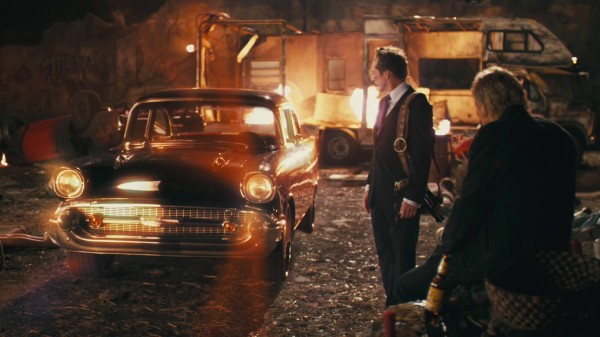
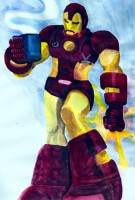
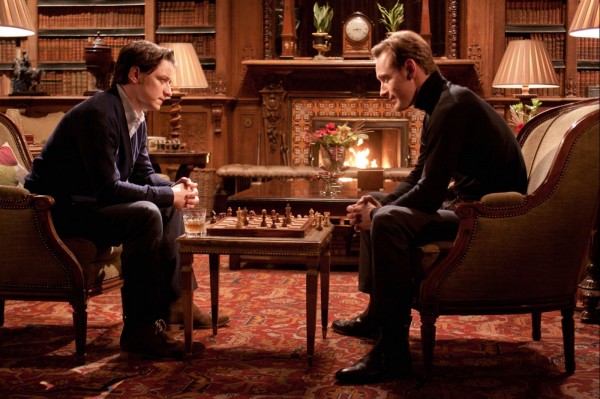
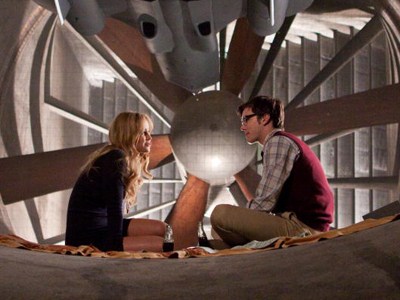

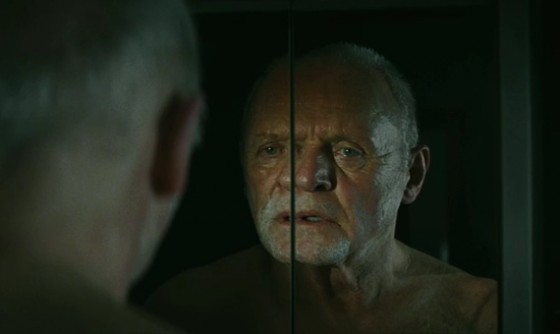
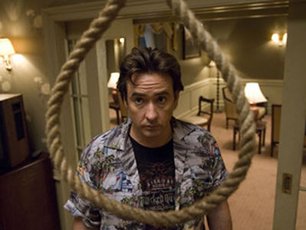
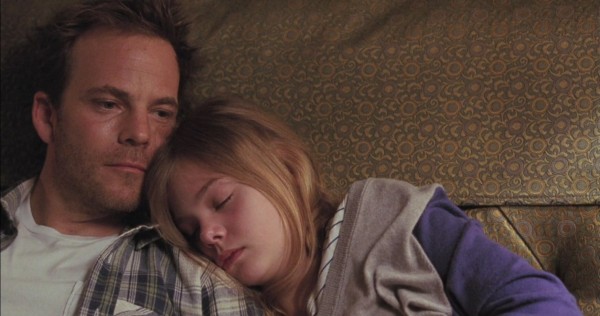
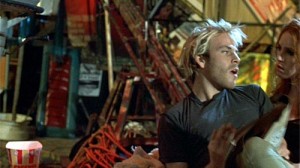

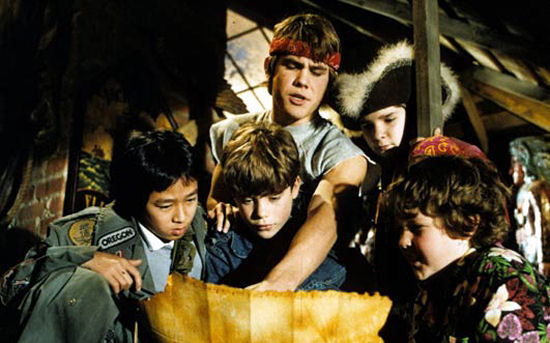
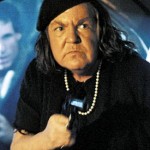
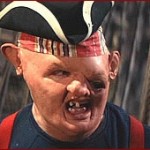

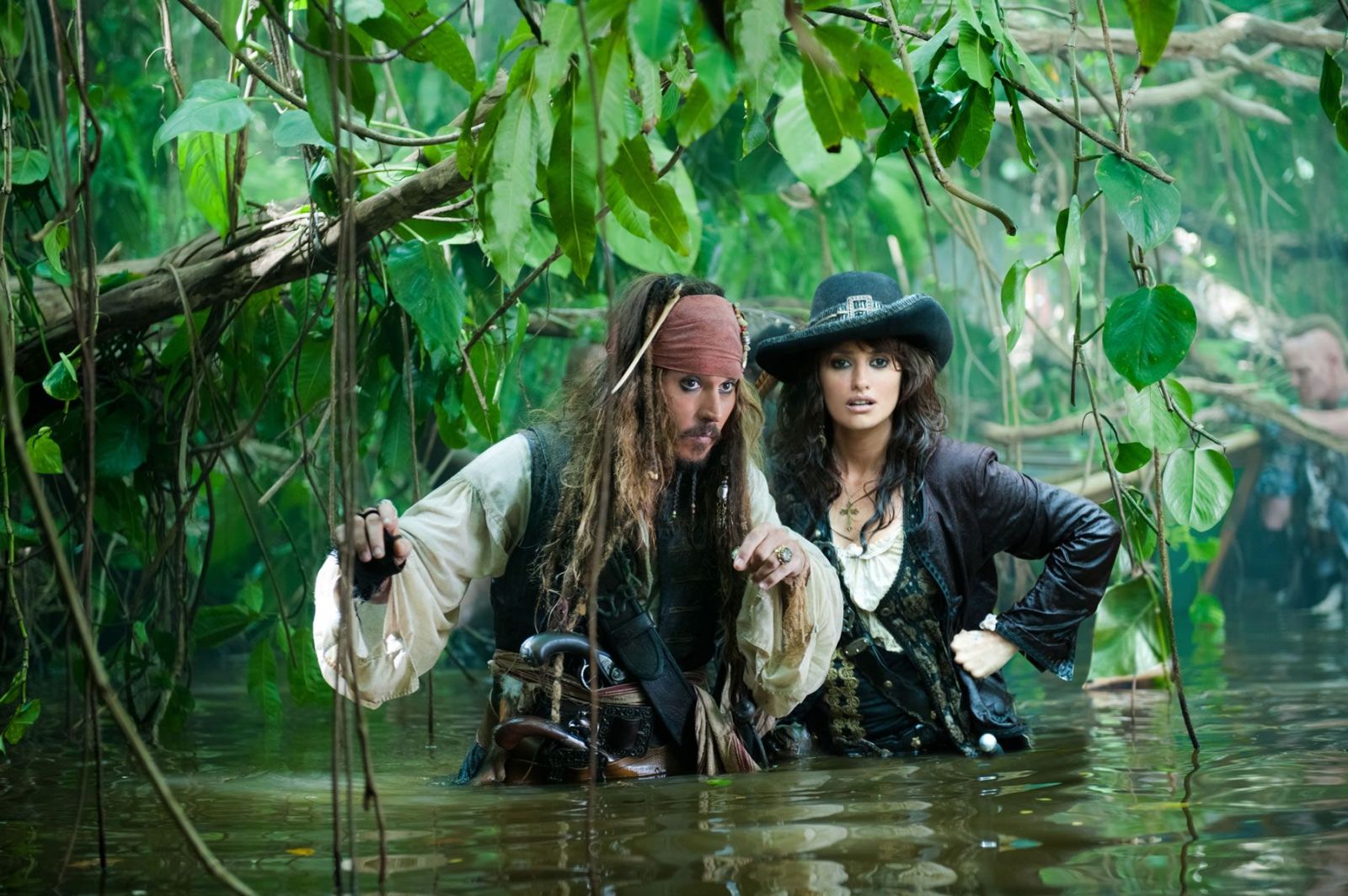
 Disney sought to scale back on the fourth entry, slashing the budget while trying to get back to the core of what made, at least the first film, a fun, daring adventure. An understandable approach if they didn’t want to foot the money to top the climatic whirlpool of At World’s End, but the attempt to return the series to its so-called roots leaves the movie seeming like its missing more than an abundance of CGI shots. From the streets of London to the jungles of the Caribbean, the story follows Jack resuming his search for the Fountain of Youth. Competing with him are his old enemy, Barbossa (Geoffrey Rush), under the banner of the British crown; his new nemesis, Blackbeard (Ian McShane), hoping to prolong his wicked life; and the Spanish, who serve little to the tale. In the midst of all of these paths, On Stranger Tides musters a couple of entertaining scenarios, most notably an attack by ravenous mermaids that utilizes more tension than action to provide the thrills. Unfortunately, scenes like that display the extent of the film’s creativity while the rest feels uninspired as if while looking at the script, Disney execs kept asking themselves “what can we do that’s cheaper?”
Disney sought to scale back on the fourth entry, slashing the budget while trying to get back to the core of what made, at least the first film, a fun, daring adventure. An understandable approach if they didn’t want to foot the money to top the climatic whirlpool of At World’s End, but the attempt to return the series to its so-called roots leaves the movie seeming like its missing more than an abundance of CGI shots. From the streets of London to the jungles of the Caribbean, the story follows Jack resuming his search for the Fountain of Youth. Competing with him are his old enemy, Barbossa (Geoffrey Rush), under the banner of the British crown; his new nemesis, Blackbeard (Ian McShane), hoping to prolong his wicked life; and the Spanish, who serve little to the tale. In the midst of all of these paths, On Stranger Tides musters a couple of entertaining scenarios, most notably an attack by ravenous mermaids that utilizes more tension than action to provide the thrills. Unfortunately, scenes like that display the extent of the film’s creativity while the rest feels uninspired as if while looking at the script, Disney execs kept asking themselves “what can we do that’s cheaper?” little interest as Phillip woodenly delivers scripture-like words of adoration to Syrena that only have the power of freezing the film’s pace. Even less buyable is Phillip shouting at Blackbeard about his irredeemable ways, and while Blackbeard has the presence of a formidable villain thanks to McShane’s performance, the script undermines his vile reputation as it leaves the audience wondering why he doesn’t just kill the missionary whenever he opens his mouth.
little interest as Phillip woodenly delivers scripture-like words of adoration to Syrena that only have the power of freezing the film’s pace. Even less buyable is Phillip shouting at Blackbeard about his irredeemable ways, and while Blackbeard has the presence of a formidable villain thanks to McShane’s performance, the script undermines his vile reputation as it leaves the audience wondering why he doesn’t just kill the missionary whenever he opens his mouth. 